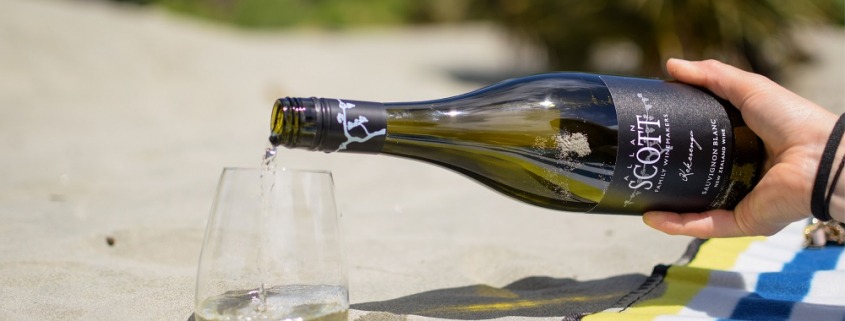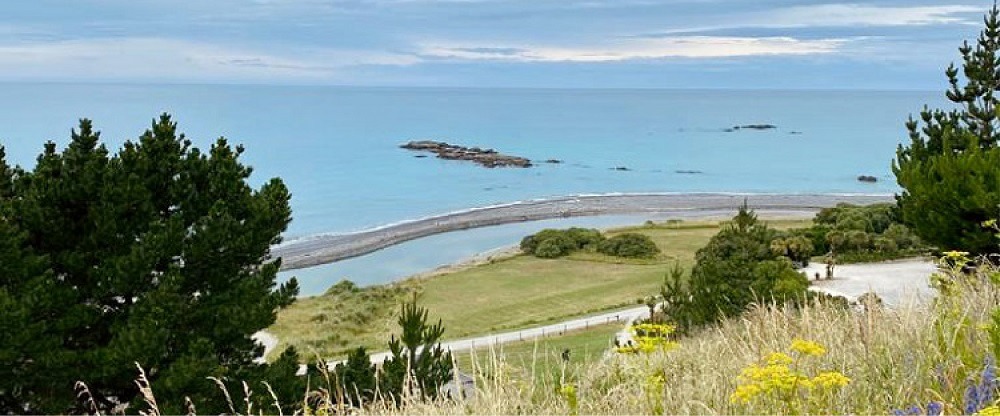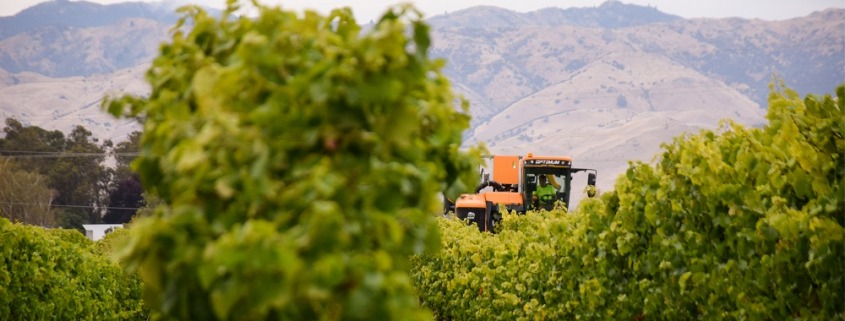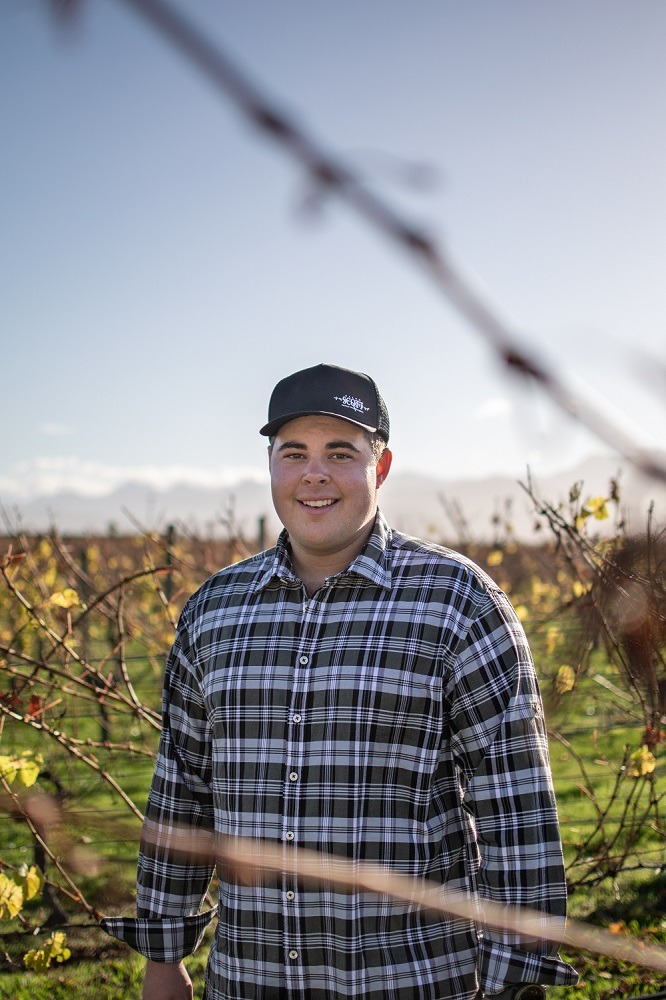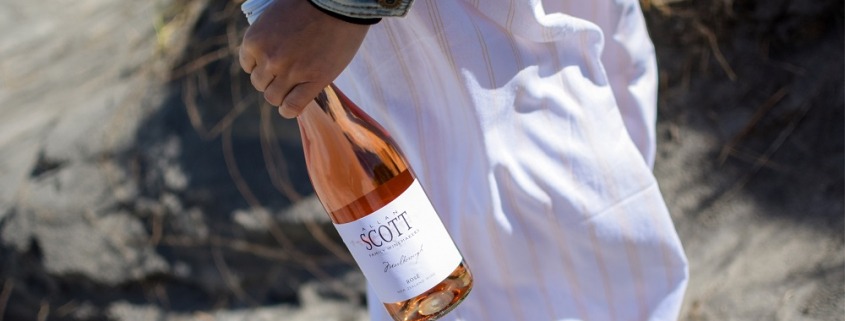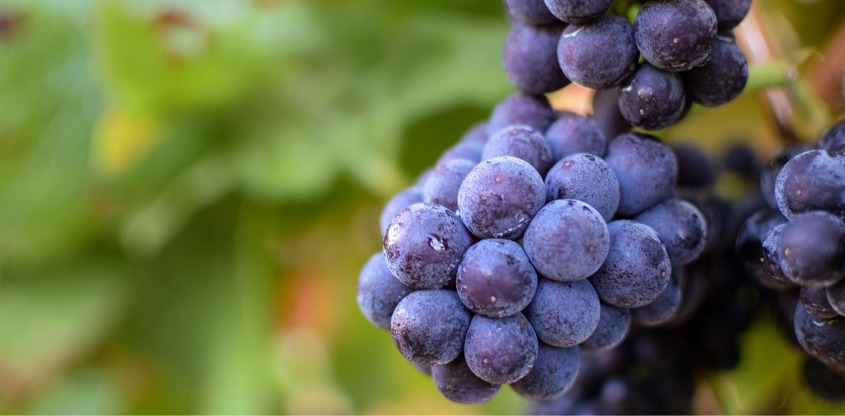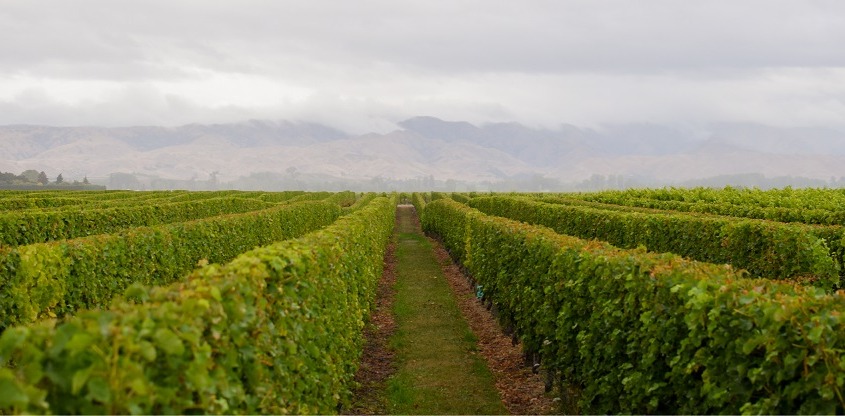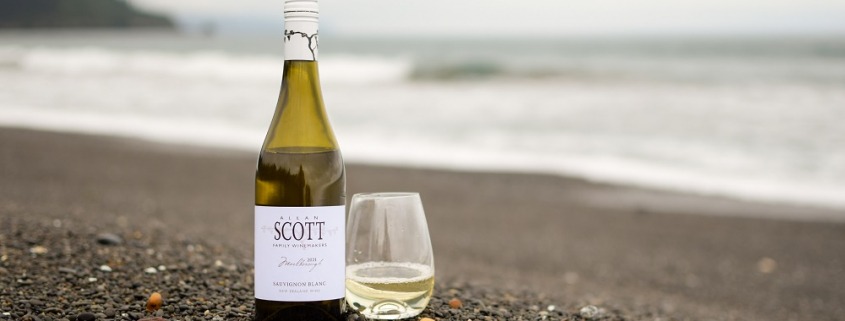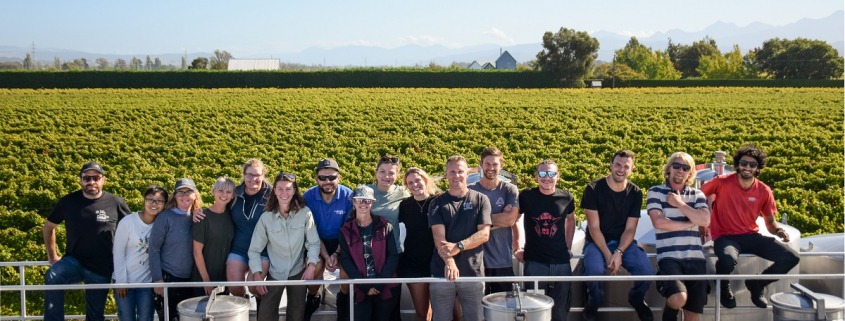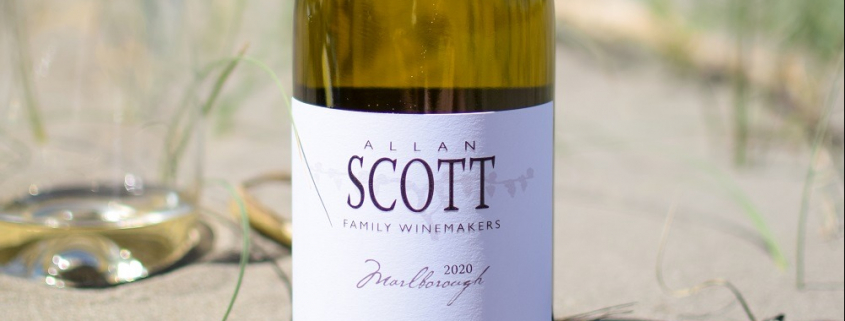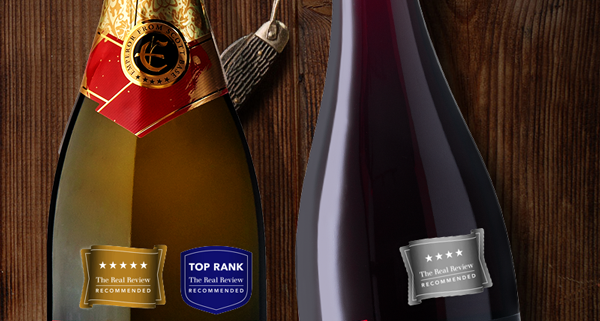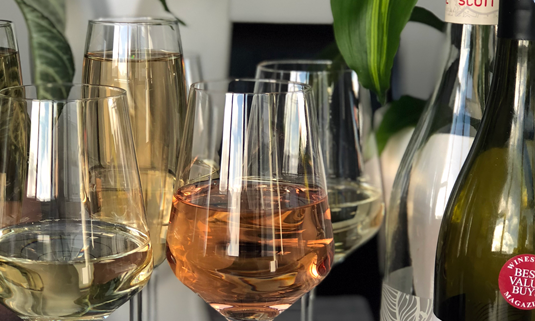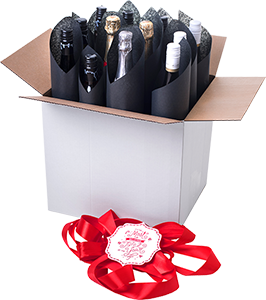Marlborough Sauvignon Blanc of a new kind
Sauvignon Blanc has put New Zealand winemaking on the map, and we are proud of how far we have come in the last 50 years.
Back then, planting wines in Marlborough was unheard of, and today we would like to carry the legacy and let you try Sauvignon Blanc from a very unique part of Marlborough – Kekerengu Coast.
Kēkerengū is situated near the mouth of the Kēkerengū River which runs into the sea at a rock promontory north of the Clarence River, approximately midway between Blenheim and Kaikōura on State Highway One in the current Kaikōura District, within the historic Marlborough provincial boundaries. It is still part of the Marlborough Geographical Appellation. Find out more about the history.
This vineyard is located next to the sea, has a unique soil structure and a microclimate like no other in Marlborough.
Vintage 2021 was a normal growing season compared to last year’s uncertainty, except for harvest commencing early and finishing right before the Easter long weekend. Overall, great sunshine hours, low disease pressure, light crops, and ripe fruit, all come together to produce some outstanding fruit and in turn some great wines.
Allan Scott Family Winemakers Kekerengu 2021 Sauvignon Blanc is complex, crisp, herbaceous, salty and savoury Marlborough Sauvignon Blanc of a new kind.
Our Kekerengu 2021 Sauvignon Blanc is certified Appellation Marlborough Wine. AMW certification ensures consumers of the origin and authenticity of their purchase.

